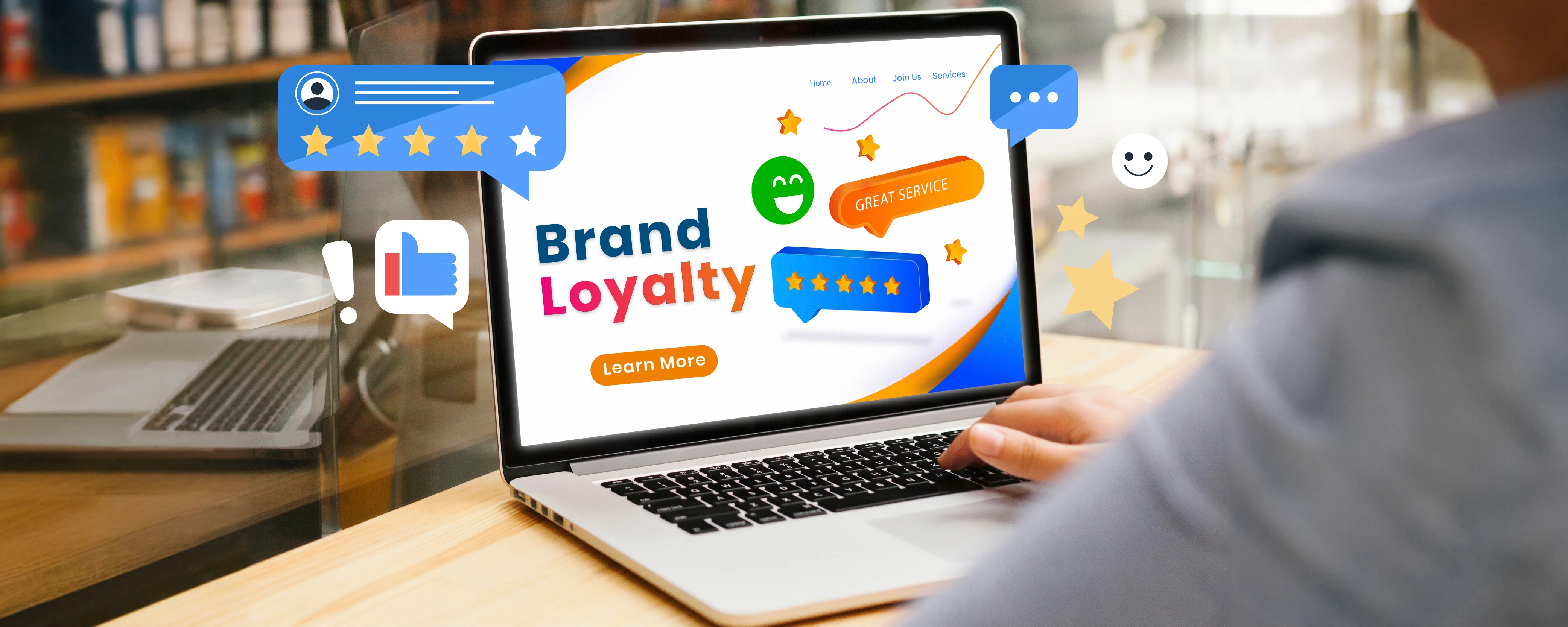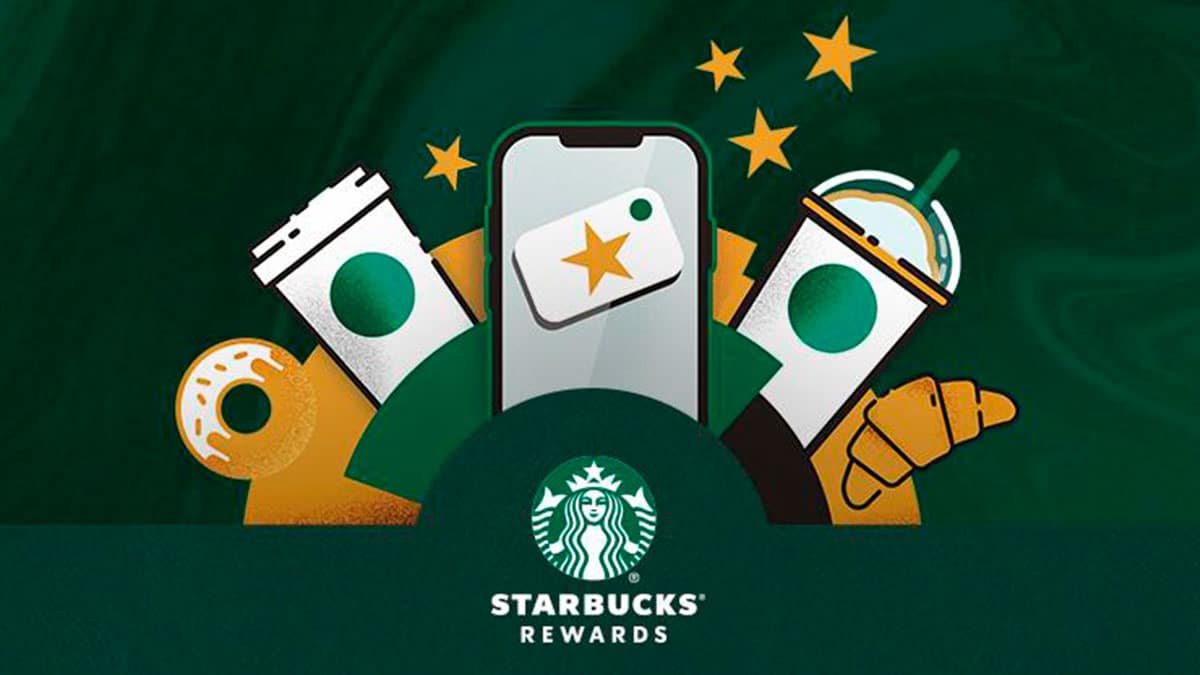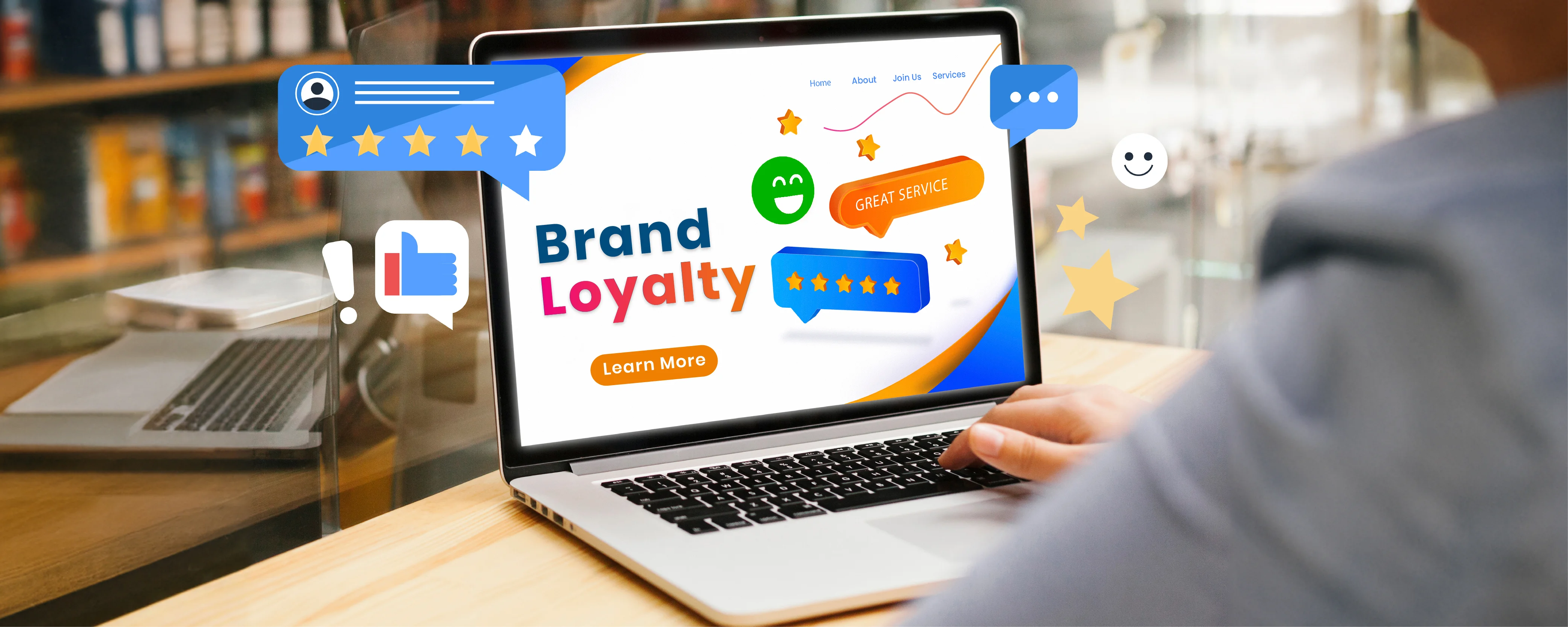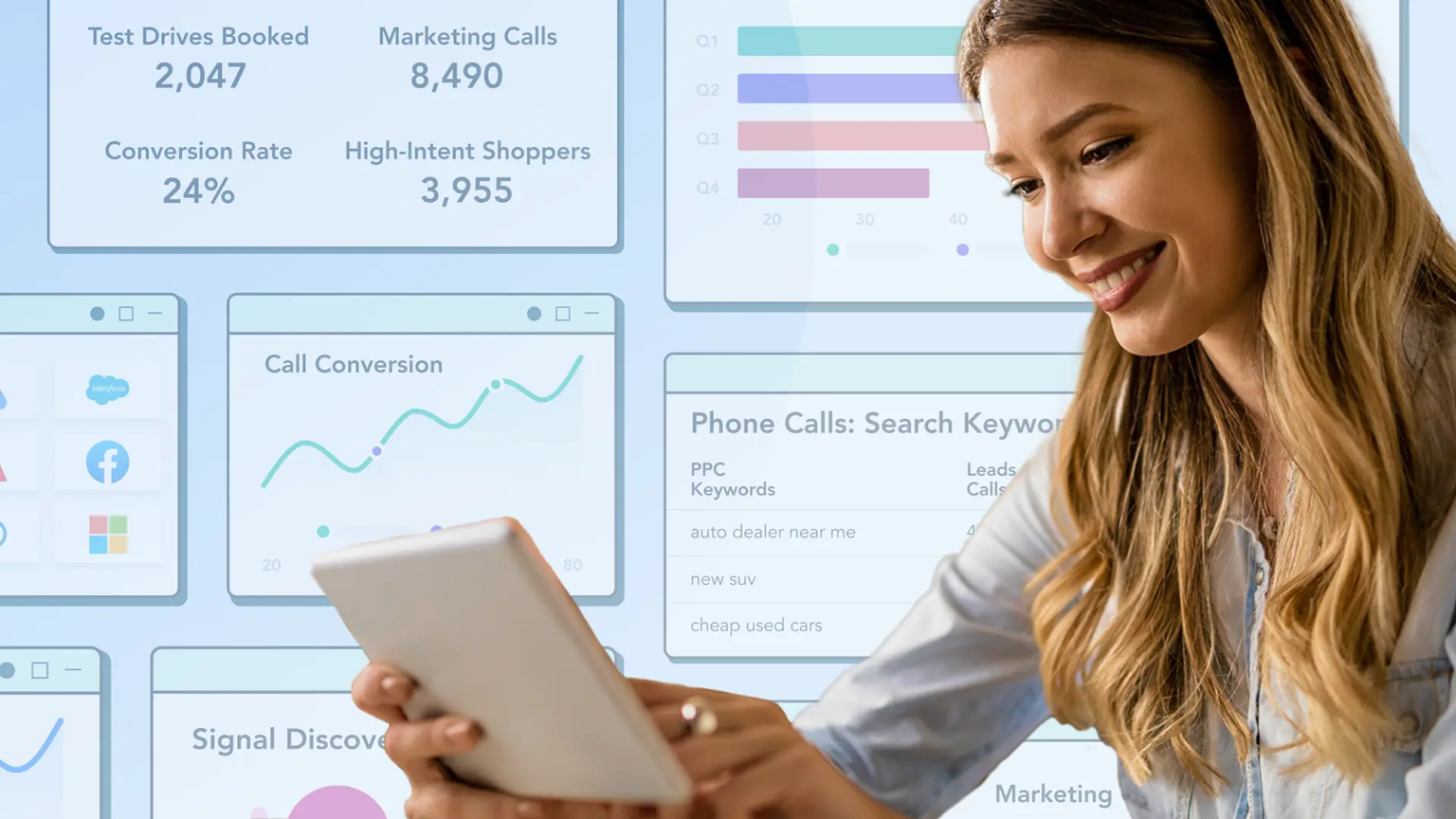In a world overflowing with choices, building brand loyalty has become more challenging—and more critical—than ever. Customers are bombarded with competing messages, discounts, and incentives, making it easy for them to switch to another brand at the slightest provocation. However, organizations that prioritize brand loyalty can turn one-time buyers into lifelong advocates, gaining a competitive edge in the market.
Why brand loyalty matters
Brand loyalty isn’t just about repeat purchases. It’s about building a strong emotional connection with your customers. Loyal customers don’t just buy your products—they advocate for your brand, recommend it to others, and stand by you even when competitors offer lower prices.
According to research, increasing customer retention rates by 5% can boost profits by 25% to 95%. In a competitive market, this makes brand loyalty a key driver of long-term success.
What is brand loyalty?

Brand loyalty refers to a customer’s commitment to purchasing from a particular brand over competitors. It’s characterized by consistent repeat purchases, positive reviews, and a willingness to overlook minor issues with the product or service.
Key components of brand loyalty:
- Trust: Customers believe in the quality and consistency of your products or services.
- Emotional connection: Your brand resonates with customers on a personal level.
- Customer satisfaction: Meeting and exceeding customer expectations consistently.
Challenges in building brand loyalty in a competitive market
Before diving into strategies, it’s essential to understand the challenges:
1. Market saturation
With so many brands offering similar products or services, standing out is increasingly difficult.
2. Price sensitivity
Many customers prioritize cost over loyalty, switching to competitors offering better deals.
3. Evolving customer expectations
Today’s customers expect seamless experiences, personalized interactions, and social responsibility from brands.
4. Digital disruption
Online reviews and social media can significantly influence customer perceptions, both positively and negatively.
Strategies for building brand loyalty

1. Deliver exceptional customer experiences
Customer experience is at the heart of brand loyalty. Positive interactions at every touchpoint—whether online, in-store, or through customer service—can create lasting impressions.
Tips for success:
- Ensure a smooth purchasing process across all channels.
- Address customer concerns promptly and effectively.
- Train your staff to provide friendly and knowledgeable service.
2. Build emotional connections with storytelling
Brands that tell compelling stories resonate deeply with their customers. Use your marketing to showcase your values, mission, and the people behind your products.
Example:
Patagonia shares stories about environmental activism, aligning their brand with customers who value sustainability.
3. Offer personalized experiences
Personalization is no longer optional—it’s expected. Tailor your communications, offers, and product recommendations to individual preferences.
How to personalize:
- Use data analytics to understand customer behavior.
- Send personalized emails based on purchase history.
- Offer loyalty programs with customized rewards.
4. Reward loyalty through exclusive programs
Loyalty programs incentivize repeat purchases by offering rewards, discounts, or special access to products.
Effective loyalty program features:
- Points for purchases that can be redeemed for rewards.
- Exclusive perks for members, such as early access to sales.
- Tiered levels that encourage customers to reach higher levels of benefits.
5. Prioritize product quality and consistency

No amount of marketing can compensate for poor-quality products. Focus on delivering reliable, high-quality products or services to build trust.
Tip:
Regularly gather customer feedback to identify areas for improvement.
6. Leverage social proof
Social proof—such as reviews, testimonials, and user-generated content—reinforces your brand’s credibility and encourages new customers to trust you.
How to use social proof:
- Showcase positive customer reviews on your website.
- Share user-generated content on social media.
- Partner with influencers to promote your brand authentically.
7. Engage customers through social media
Social media is a powerful tool for building relationships and maintaining brand loyalty. Use it to connect with customers, respond to inquiries, and share valuable content.
Best practices:
- Post consistently and engage with followers.
- Use polls, quizzes, and interactive content to increase engagement.
- Address customer complaints publicly and resolve them quickly.
8. Show corporate social responsibility
Customers are increasingly loyal to brands that align with their values. Show that you care about more than just profits by supporting social or environmental causes.
Example:
TOMS Shoes builds loyalty by donating a pair of shoes to someone in need for every pair purchased.
9. Communicate regularly but meaningfully
Stay top-of-mind by engaging with your customers through email newsletters, social media, and other channels. Ensure that your communications add value rather than just promoting sales.
Content ideas:
- Share useful tips related to your product.
- Announce new product launches or updates.
- Celebrate milestones with your customers.
10. Handle mistakes with grace
Even the best brands make mistakes. How you respond can determine whether you retain a customer’s loyalty.
Tips for handling mistakes:
- Acknowledge the issue and apologize sincerely.
- Offer a solution or compensation.
- Communicate transparently about steps you’re taking to prevent future issues.
Examples of brands excelling at loyalty building
1. Starbucks

The Starbucks Rewards program offers points for purchases, personalized offers, and free drinks, keeping customers engaged and loyal.
2. Apple
Apple’s ecosystem of devices and seamless customer experience create a strong sense of loyalty among users.
3. Amazon
Amazon Prime’s membership benefits—such as free shipping, exclusive deals, and access to streaming services—ensure customer retention.
Building lasting relationships
In today’s competitive market, brand loyalty is a powerful asset that drives long-term success. By prioritizing customer experience, personalizing interactions, and staying true to your brand’s values, you can foster strong emotional connections with your customers.
Building brand loyalty isn’t a one-time effort—it’s an ongoing process that requires dedication, innovation, and a customer-first mindset. Start implementing these strategies today to create loyal advocates for your brand.
Frequently asked questions (FAQs)
Why is brand loyalty important in a competitive market?
Brand loyalty ensures repeat business, reduces customer acquisition costs, and generates positive word-of-mouth marketing, helping brands thrive in competitive environments.
How can small businesses build brand loyalty?
Small businesses can build loyalty by offering personalized service, creating loyalty programs, maintaining product quality, and actively engaging with customers on social media.
What are the key factors that drive brand loyalty?
Key factors include trust, emotional connection, customer satisfaction, consistent product quality, and exceptional customer experiences.
How can I measure brand loyalty?
Metrics like customer retention rate, Net Promoter Score (NPS), repeat purchase rate, and social media engagement can help gauge brand loyalty.




